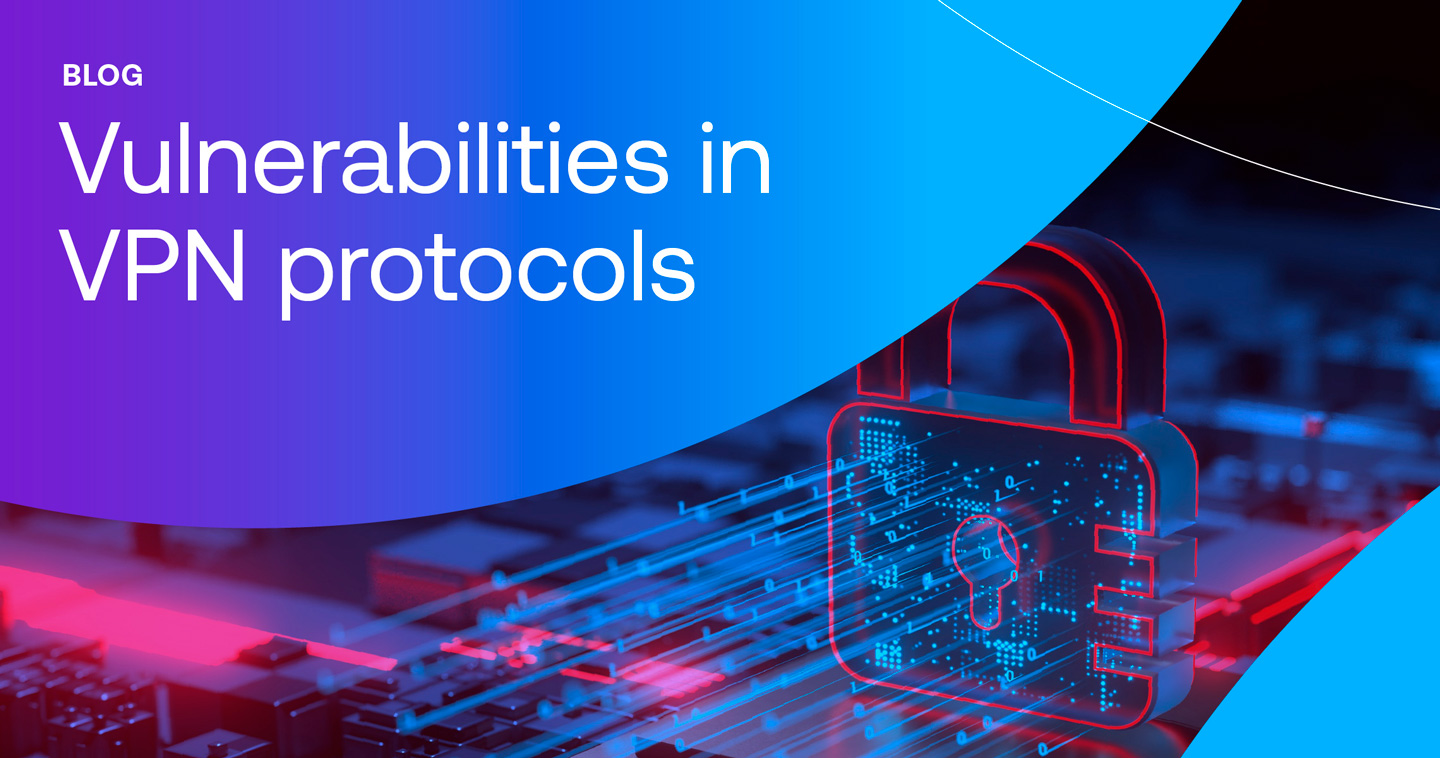The 2021 IPCC report on climate change has been in the news all month, with some pundits despairing that the world will ever succeed in decarbonizing its economy. While the challenges are numerous, there are also numerous opportunities for clean energy applications. Recognizing these opportunities, governments and private investors are pouring billions into decarbonization efforts. They are looking into innovative methods for transitioning to clean energy and investing in the clean technology (cleantech) needed to support them.
In the midst of these efforts, governments and industry are paying particular attention to the electrical generation and distribution sector. This attention is not just due to the urgent need to decarbonize the sector, but also the rapid drop in the costs of renewable energy. For instance, US residential solar prices have continued to fall over the last year, dropping by the largest amount in four years. In other words, the movement for the “electrification of everything” is accelerating as low-cost renewable electrical energy becomes abundant. So what does this mean for the energy industry?
The move toward clean energy
We’ve written previously about the future of clean energy, especially under the Biden administration. While not all U.S. states have the same timelines, some have very bold sustainability initiatives. For example, California’s goal is to have a zero-carbon electricity grid in place by 2045. In line with that goal, the California Energy Commission recently adopted 2022 standards that will require all new buildings to be equipped with solar and battery storage.
The energy sector has the potential of making a tremendous impact on, as well as benefiting from, these efforts. But to take advantage of this opportunity, electrical utilities and grid operators need to reimagine the incumbent electrical infrastructure. They must modernize legacy systems—and processes. Importantly, new data sources must be created and existing ones need to be harnessed to enable the AI algorithms needed to orchestrate the emerging decentralized energy system. Decentralized assets can include various renewable energy systems and storage systems, smart buildings, and electric vehicles.
Clean energy and secure interoperability
As energy companies look at optimizing and modernizing their energy assets, they’re seeking out new clean energy applications. These include solutions such as demand/response optimization systems, distributed energy resource (DER) management, and virtual power plants.
Maintaining the security and trust of the vast amount of data streaming in from these assets is mission-critical. Naturally, grid and energy interoperability comes with its own set of standards for ensuring smooth collaboration. Ensuring data interoperability is also essential to avoid bottlenecks caused by data silos and disparate interfaces.
Intertrust’s recent partnership with AutoGrid is an example of cleantech data interoperability in action. AutoGrid builds AI-powered software solutions that enable a smarter energy world. The company’s data-driven flexible energy asset management applications rely on advanced AI algorithms to allow energy ecosystem companies to deliver clean, affordable and reliable energy by managing networked distributed energy resources (DERs) in real time. These applications require secure and trusted access to IIOT data streaming from myriads of devices and sensors. Through the partnership with Intertrust, AutoGrid can further ensure both the trust and interoperability of these data flows.
Intertrust CleanGrid and clean energy applications
Powered by Intertrust Platform, Intertrust’s CleanGrid is a toolkit for helping energy ecosystem organizations solve challenges around data interoperability. To ensure that the underlying data is secure, the Intertrust Platform provides a secure execution environment. This is a protected environment that restricts access to data based on specific policies. Programs run securely; additionally, the Platform securely logs all access requests to maintain an audit trail.
The CleanGrid toolkit takes these features and packages them into software solutions that support the development of a series of clean energy applications. Consequently, energy companies can implement these applications to their own and customers’ clean energy transition goals. These applications are for DER integration planning, renewable energy operations & management (O&M), retail energy marketplaces, and more.
Currently, CleanGrid applications include:
- Intertrust EV DataOps™. These are tools for cities or energy companies to view, study and plan EV charging infrastructure, calculate charger costs, and monitor real-time performance. Authorized users can access real-time views composed from city, e-mobility, GIS, EV location, charging status, charging behavior, and other data.
- Intertrust Grid DataOps™. These are tools for utility grids to securely ingest and share sensitive grid data with internal or external stakeholders. This data can include geographic, grid, and infrastructure information. It can be used to analyze the potential cost impacts of any necessary infrastructure updates, as well as new energy load planning.
- Intertrust Retail DataOps™. This reference application features secure management and sharing of customer permissions between multiple solution providers. It enables energy retailers to build a consumer marketplace for IoT-enabled digital solutions.
Conclusion
Clean energy requires clean, trustworthy data. Fortunately, Intertrust’s CleanGrid toolkit and its underlying technology, the Intertrust Platform™, gives the energy ecosystem a quick path to developing trusted data-based clean energy applications. Complementary technologies such as AutoGrid Flex ™ rely on trusted data to transform how energy is delivered and consumed. These types of applications are a step in the right direction as far as decarbonization, sustainability, and electrification.
Download the white paper to find out more about CleanGrid or get in touch with our team.
About Abhishek Prabhakar
Abhishek Prabhakar is a Senior Manager ( Marketing Strategy and Product Planning ) at Intertrust Technologies Corporation, and is primarily involved in the global product marketing and planning function for The Intertrust Platform. He has extensive experience in the field of new age enterprise transformation technologies and is actively involved in market research and strategic partnerships in the field.




